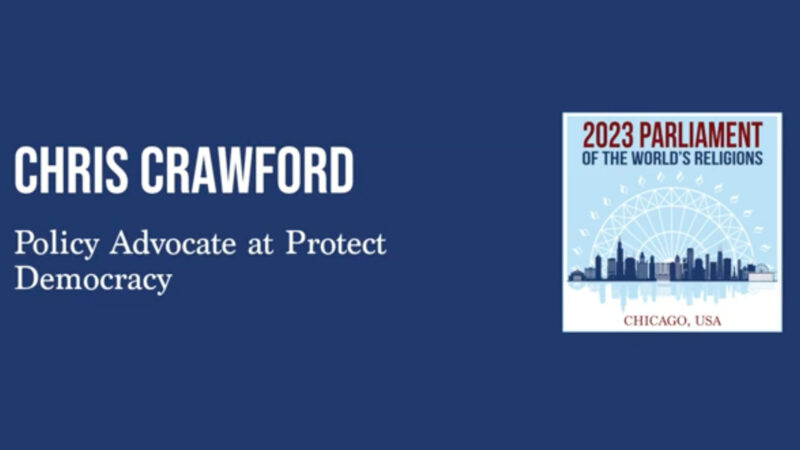
Political Violence & US Democracy
How does political violence impact the foundations of our democracy?
Political violence has no place in a democracy.
Unfortunately, in recent years, we have seen an alarming increase in incidents of physical harm, threats, and intimidation in American politics. Candidates, elected officials, election workers, voters, and even members of law enforcement have been subjected to appalling violence and threats, upending their lives and the lives of their families, our communities, and our nation.
Protect Democracy condemns all acts of violence, whether they attract national attention like the attacks on high profile figures like Paul Pelosi and Donald Trump or harm those in our local communities.
But there are things we can do to prevent and discourage further violence.
- We can intentionally avoid spreading false narratives, fueling conflict, or providing platforms to extremists.
- We can use legal tools to hold those accountable who spread dangerous misinformation, put others at risk, or threaten those engaged in the political process.
- We can all collectively choose to obtain our information from trusted, official sources, avoiding the contentious and inaccurate information that often circulates online.
At Protect Democracy, we are committed to supporting a future where Americans of all ideological backgrounds can enjoy freedom and safety, and have their voices heard through a peaceful, democratic process.
The Violence and Democracy Impact Tracker
The Violence and Democracy Impact Tracker (VDIT) — a resource from Protect Democracy and the SNF Agora Institute — calculates the impact of political violence on eight distinct pillars of democracy in the United States. On a quarterly basis, the tracker assesses political violence’s impact on the freedoms of expression and association, access to the vote, election administration, equality before the law, individual liberties, and the independence of the judiciary and legislature. VDIT also collects a global panel of experts’ insights into the most concerning emerging trends and top issues to watch.
VDIT began collecting data in July of 2023. The most recent tracking confirms that political violence is eroding American democracy on multiple axes — especially when it comes to the administration of elections. Here are the key takeaways from the latest results:
Latest DataThreat Scores
Timeline of VDIT Scores
Loading data...
WHAT THE SCORES MEAN
-
Level 1
Within range of a well-functioning democracy
-
Level 2
Moderate violations atypical of a well-functioning democracy, but that don’t yet threaten breakdown of this element of democracy
-
Level 3
Violations that signal significant erosion of democracy quality in this area and warn of high potential for breakdown in future
-
Level 4
Critical violations that seriously threaten this element of democracy’s near-term survival
-
Level 5
Violations severe enough to make this aspect of the system non-democratic
What the Score Means
| Level | Level 1 | Level 2 | Level 3 | Level 4 | Level 5 |
| Description | Within range of a well-functioning democracy | Moderate violations atypical of a well-functioning democracy, but that don’t yet threaten breakdown of this element of democracy | Violations that signal significant erosion of democracy quality in this area and warn of high potential for breakdown in future | Critical violations that seriously threaten this element of democracy’s near-term survival | Violations severe enough to make this aspect of the system non-democratic |
Overall…
The effect of political violence on American democracy is atypical of a well-functioning democracy, but not currently indicative of imminent democratic breakdown.
On Elections…
Elections remain the most urgent area of concern, with 54% of experts assessing the impact of political violence. Experts on elections are signaling significant erosion and a heightened potential for the breakdown of election processes in the future.
On Threats and Intimidation…
Experts are more concerned about intimidation than other aspects of political violence — 69% are thinking about intimidation or indirect threats “a lot” or “a great deal” compared to 58% for direct threats and 54% for physical harm.
Top Concerns
Experts most frequently expressed concerns about:
VDIT UpdatesRead the Full Launch Report
Baseline levels of social violence are high in the United States, and violent threats and intimidation are not always accompanied by outright aggression. Amidst this complex landscape, where does our democracy stand?

